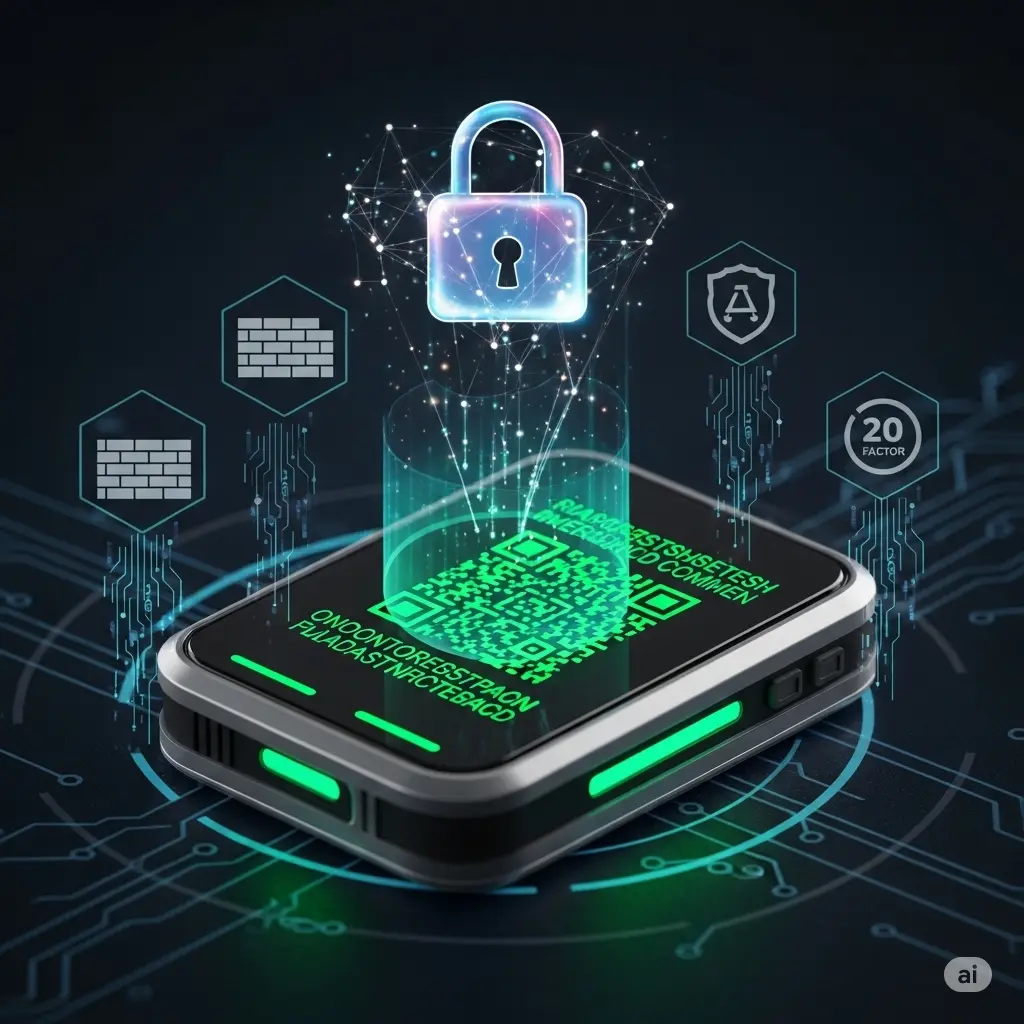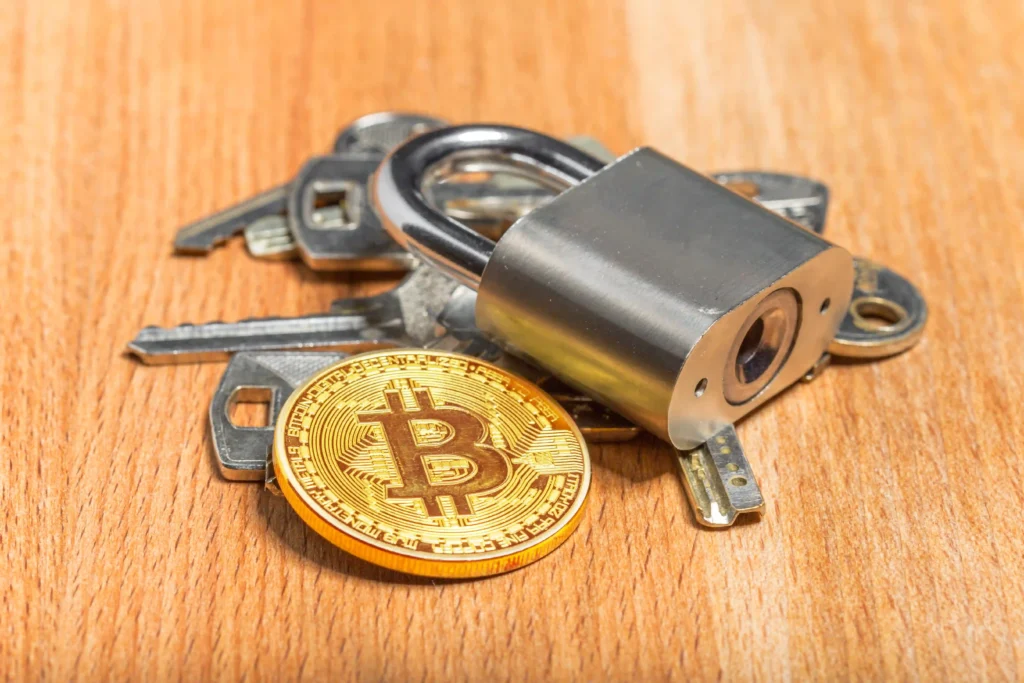Explore 2025’s Most Secure Crypto Wallets for Safe Storage
In the rapidly evolving world of cryptocurrency, tough security is more vital than ever. With hacks, phishing scams, and global regulatory flux dominating headlines, knowing how to keep your digital assets truly safe isn’t just good advice.
That’s why Global Crypto Sports brings you this comprehensive guide to the most secure crypto wallets in 2025. Whether you’re a casual investor, an avid DeFi explorer, or a Web3 newbie, this article will help you confidently choose the secure crypto wallet that fits your needs.
1. Key Terms You Should Understand
Before diving into wallet types and top picks, let’s clarify a few important terms — especially helpful if you’re just getting the hang of the crypto ecosystem.
1.1 Blockchain
Blockchain is the decentralized digital ledger supporting cryptocurrencies like Bitcoin and Ethereum. Think of it as a highly secure, transparent chain of transaction records maintained across many computers worldwide.
1.2 DeFi (Decentralized Finance)
DeFi offers financial services — lending, borrowing, and earning interest — without traditional banks. Everything runs on blockchain protocols.
1.3 Web3
Web3 refers to the next-generation internet built on blockchains, where you control your identity, data, and assets using decentralized apps (dApps) and wallets.

2. Why Security Matters in Crypto Storage
Security is paramount. Once your crypto is stolen, it’s nearly impossible to retrieve. With headlines loaded with hacked exchanges and phishing schemes, relying solely on platforms isn’t enough. A secure crypto wallet offers you full control.
Expect to learn how different wallets compare based on crypto wallet security, and how to choose the best crypto wallet 2025 to suit your level — beginner or intermediate.
3. Wallet Types: What Are They?
Here’s a quick breakdown of the common wallet categories:
| Wallet Type | Description |
|---|---|
| Cold Wallet | Offline storage — highly secure because it’s not connected to the internet. |
| Hot Wallet | Online storage — convenient, but more exposed to hacking risks. |
| Hardware Wallet | A physical device (often also a cold wallet). |
| Mobile Wallet | Wallet apps on smartphones — accessible, but requires high crypto wallet security practices. |
| Decentralized Wallet | Wallets that let you interact with dApps directly — sometimes bridging security and convenience. |
4. Top Secure Crypto Wallets of 2025
4.1 Cold Wallets & Hardware Wallets
Cold wallets are the go-to for maximum security. You can keep your keys completely offline. The hardware wallet category is the most popular cold wallet type today.
Recommended Models
- Ledger Nano X (2025 Edition)
Supports Bluetooth, many crypto assets, and advanced security chips. - Trezor Model T (Hardware Wallet)
Touchscreen interface, open-source firmware, wide asset support.
Pros:
- Highest level of protection.
- Immune to online hacks.
Cons:
- Cost (typically $60–$200).
- Need to manage backups and seed phrases carefully.
Real-world Example
In late 2024, a major phishing attack hit a high-profile NFT collector’s Web3 wallet. Except for their hardware wallet, which remained offline, all other asset holdings were compromised.
4.2 Hot Wallets
Hot wallets are software-based and connected to the internet. Excellent for frequent trading or DeFi.
Recommended Examples
- MetaMask (Desktop/Mobile)
Integrates with most Ethereum-based dApps. - Exodus (Desktop + Mobile)
Offers intuitive UI, multi-asset support, and portfolio tracking.
Pros:
- Instant access to trading and dApps.
- User-friendly interfaces.
Cons:
- Vulnerable to phishing and malware.
- Reliant on device security.
4.3 Mobile Wallets
Perfect for daily transactions and on-the-go access. Security depends heavily on device hygiene and wallet features.
Recommended Examples
- Trust Wallet
Backed by Binance, supports multiple blockchains. - Edge Wallet
Open source, local private key storage, with strong encryption.
Pros:
- Convenient, intuitive.
- Supports QR payments, staking, etc.
Cons:
- Risk if your phone gets compromised.
- You need robust wallet backup practices.
4.4 Decentralized Wallets
These wallets connect directly to dApps and the Web3 ecosystem, often using smart contract accounts.
Recommended Examples
- Argent (Ethereum only)
Smart contract-powered, it allows social recovery instead of seed phrases. - Gnosis Safe (Multisig)
Multi-signature wallet is ideal for shared accounts and teams.
Pros:
- Innovative features like social recovery.
- Great for collaborating or DeFi use.
Cons:
- Slight learning curve.
- Sometimes limited chain support.

5. Choosing the Best Crypto Wallet 2025: Pros, Cons, Risks, and Benefits
Here’s an expanded comparison to clarify decision-making:
5.1 Cold/Hardware Wallets:
- Benefits: Top-tier security, long-term storage.
- Risks: Lost hardware or lost seed phrase can mean permanent loss of funds. Mitigate by creating multiple secure backups (paper, steel).
5.2 Hot Wallets:
- Benefits: Easy, fast, DeFi-friendly.
- Risks: Phishing, malware, and device-based vulnerabilities. Always use 2FA and secure devices.
5.3 Mobile Wallets:
- Benefits: Portability, instant access.
- Risks: Device theft, poor app security, compromised app stores. Use app store verification and strong phone security.
5.4 Decentralized Wallets:
- Benefits: Advanced features (e.g., social recovery, multisig).
- Risks: Smart contract bugs, learning curve. Use trusted wallets with audited code and start small.
6. Beginner-Friendly Guidance: Step-by-Step
6.1 For Absolute Beginners:
- Start Small — use a hot or mobile wallet like MetaMask to get comfortable.
- Secure Your Seed Phrase — write it down, store it offline, and never share it.
- Test with a Low Value — send a tiny amount before committing big.
- Set Up 2FA & Passwords — especially for software wallets.
- Gradually Transition to a Cold Wallet — for long-term or large holdings.
6.2 For Intermediate Investors:
- Diversify Storage — keep some funds in mobile/hot wallets for daily use and the rest in a hardware wallet for storage.
- Use Multisig or Social Recovery for larger holdings.
- Routine Firmware Updates — ensure your hardware wallet runs the latest, most secure software.
- Regularly Verify Your Wallet Backup by testing recovery with a new or spare device.
7. Secure Crypto Wallet Setup Checklist
Use this quick, bullet-point checklist to stay on track:
- Choose the right wallet type for your needs (cold vs hot vs mobile vs decentralized).
- Always write your seed phrase on paper or metal, then store it securely (e.g., a safe).
- Never store seed phrases digitally or online.
- Use strong, unique passwords and encryption for software wallets.
- Set up 2FA wherever possible.
- Verify URLs/dApps before connecting your wallet.
- Update firmware/apps promptly to patch vulnerabilities.
- Test backups on spare devices to ensure recovery works.
8. FAQ — Frequently Asked Questions
Q1: What is the most secure crypto wallet?
A: A cold wallet especially a reputable hardware wallet like Ledger or Trezor is generally considered the most secure. It keeps private keys offline, minimizing exposure to online attacks.
Q2: How do I back up my crypto wallet?
A: Back up your wallet by writing the seed phrase on durable material (paper, steel) and storing it in at least two secure, geographically separate locations. For additional safety, verify that recovery works before trusting large amounts.
Q3: Is a mobile wallet safe enough for everyday use?
A: A mobile wallet can be safe if:
- Your phone has good security (screen lock, encryption)
- You download the wallet from the official app store
- You keep your backup seed phrase safe
- You remain cautious about phishing sites
Q4: What’s the difference between a hot wallet and a decentralized wallet?
A:
- Howalletet: An Online wallet (desktop, mobile) is easily accessible, convenient for trading.
- Decentralized wallet: Designed to interact with dApps directly, often with features like smart‑contract‑backed custody (e.g., Argent, Gnosis Safe).
Q5: Can a hardware wallet be hacked?
A: It’s extremely unlikely if you buy directly from the official vendor and follow best practices. However, firmware vulnerabilities or physical tampering remain theoretical risks — always buy hardware wallets new, verify the box, and keep firmware up to date.
Q6: How much crypto should I keep in a hot vs a cold wallet?
A:
- Hot/Mobile wallet: Keep small “spending” amounts — for trading or DeFi, maybe 5–10%.
- Cold/Hardware wallet: Store the bulk (90–95%) of your holdings for long-term security.
Q7: What penalties or losses come from losing my seed phrase?
A: If you lose your seed phrase and your wallet or device is lost or fails, you have no way to access your funds. That makes backups critical.
9. Real-World Scenarios (Case Studies)
- Case Study A: Lost Hardware Wallet
A U.S. investor misplaced their Ledger Nano X in 2024. Fortunately, they had a written seed phrase in a home safe. After purchasing a new device, the recovery went smoothly. Moral: never skip the seed phrase backup. - Case Study B: Mobile Wallet Hacked via Phishing
A beginner clicked a fake link disguised as a DeFi application. The mobile wallet was drained in seconds. If they had kept only small amounts in that hot wallet and used a hardware wallet for core holdings, the damage would’ve been much less.
10. Conclusion: Secure Your Crypto Future Now
As the crypto world grows in complexity and opportunity, your safety must come first. This guide — brought to you by Global Crypto Sports lays out all you need to know about secure crypto wallets, from definitions to wallet types, top 2025 picks, pros and cons, and hands-on setup advice.
Take Action Now:
- Pick the best crypto wallet 2025 that fits your lifestyle.
- Follow the setup checklists to minimize risk.
- Use both warm (hot, mobile) and cold storage for maximum flexibility and safety.
- Stay updated on security trends — attacks evolve, and so should your defenses.
By investing wisely in wallet security, you safeguard not only your assets but your entry into the wider Web3 and decentralized future. If you found this guide helpful, share it, subscribe for updates, and keep your crypto knowledge—and funds—safe and sound!
